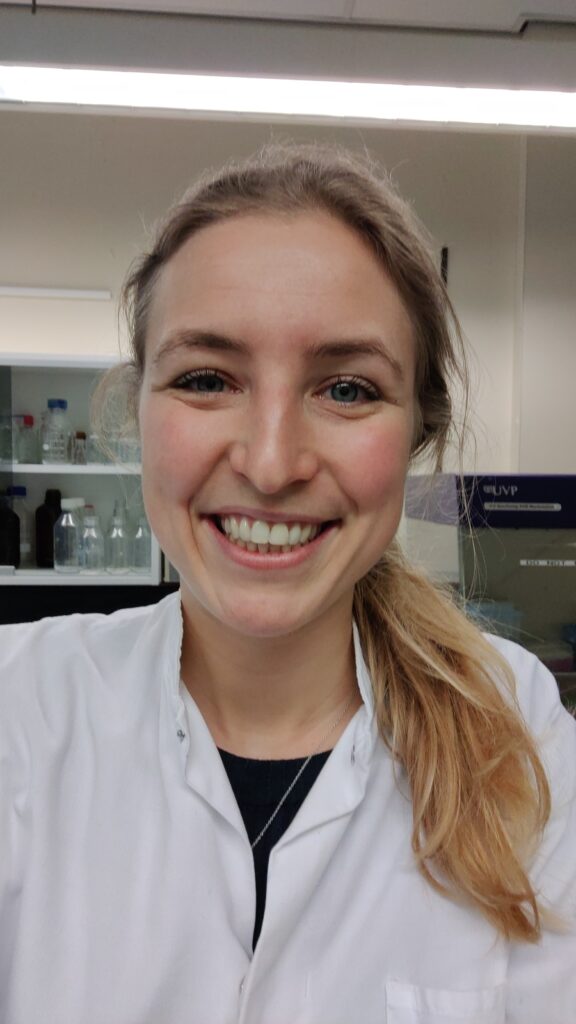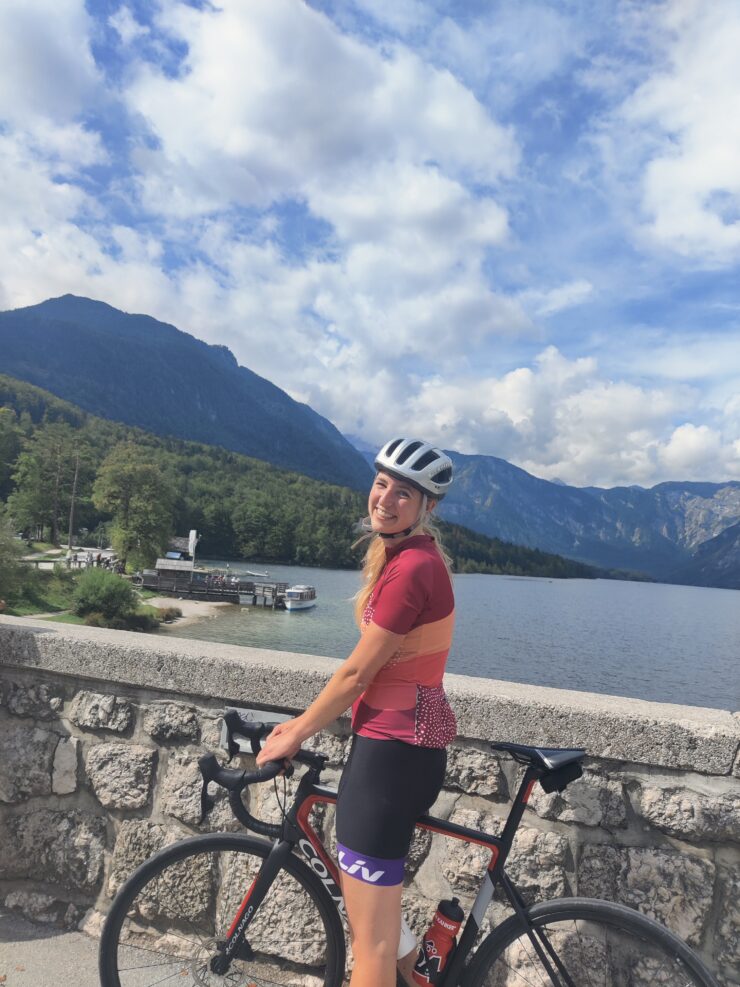News
Meet the Crew: Irene Gosselink
Who is Irene Gosselink?
“I’m a PhD candidate at Maastricht University and TNO, almost entering my final year. My background is quite diverse. I studied biotechnology in Wageningen, focusing on biochemistry, and biomedical sciences in Utrecht, where I concentrated on oncology. Now, I’ve moved into the world of microplastics as part of the MOMENTUM consortium.”
What are you studying in MOMENTUM?
“I’m investigating the effects of micro- and nanoplastics on the lungs. We culture cells from the lungs in our lab and expose them to various types of microplastics. We then analyse how the plastic particles affect the cells. Do they cause an inflammatory response or cell death, for example? We’re also refining the methods we use. Lung cells are typically cultured submerged in liquid. This is a relatively simple method, but not very representative of the circumstances inside the body. Therefore, we also culture our lung cells in an air-liquid interface. The cells are then in contact with liquid on one side and exposed to air on the other side, making this a more physiologically relevant model.”

“I’m proud to have been part of MOMENTUM from the start of my PhD. It’s a luxury that so much knowledge and expertise comes together in this consortium. In my project, I’ve had the chance to co-publish with Groningen University and collaborations with other partners are also ongoing. The interactions with other researchers from different fields are very valuable. A good example is the opportunity to use well-defined plastic particles for our experiments that are produced by MOMENTUM partners. These particles are so unique that they attracted a lot of interest and jealousy from other researchers at a conference in the US earlier this year.”
What results have you found so far?
“We found that microplastics can cause inflammation or even death of the lung cells we cultured in our lab. The size of the particles plays an important role. Smaller particles turned out to have stronger effects on cells than bigger ones. A possible explanation is that smaller particles have a relatively greater surface area and therefore more direct contact with the cells.”
“We also compared the effects of microplastics on lung cells cultured using different methods. We found that the cells cultured submerged in liquid suffered from more inflammation and death caused by microplastics than the cells cultured in the air-liquid interface. This may be good news, as the air-liquid interface is more similar to the real circumstances inside the lung. However, we still need to investigate other effects in the cells in the air-liquid interface. Their normal cellular functions, including cilia beating and mucus production, may be disturbed after being exposed to microplastics, for example.”
“I can combine my academic interest in cell biology with doing something good for the environment”
Was it difficult to make the switch from oncology to microplastics?
“The switch actually made a lot of sense to me. I’m still using my background in biochemistry and cell biology, only now I’m applying it to study the health effects of microplastics instead of cancer. Many of the processes we examine are also similar in these fields, such as cell death, inflammation, DNA damage, and disease progression. The switch to microplastics offered me the opportunity to contribute to a healthier environment, something that I’ve always cared a lot about. So, everything comes together in my current project: I can combine my academic interest in cell biology with doing something good for the environment.”
One of your supervisors was Ingeborg Kooter. How do look back on your time working with her?
“Working together with Ingeborg was wonderful. Her vast knowledge about toxicology and her extensive network in the Netherlands and abroad were instrumental in my project. We also had a warm personal connection. We had weekly online meetings and she visited Maastricht about once every month. We often took advantage of these opportunities to eat together and get to know each other better personally. Ingeborg was great at connecting people and always eager to reach out and collaborate with others. It’s hard to have to miss someone like that.”
“Many people don’t realise that we are exposed to microplastics simply by breathing. I hope that our research can contribute to this awareness”
What is your personal motivation for studying microplastics?
“It’s important to raise awareness about the potential effects of microplastics on our lungs. Many people know that microplastics are found in the environment but they don’t always realise that microplastics are also present in air and that we are exposed to them simply by breathing. I hope that our research can contribute to this awareness and motivate people to reduce their exposure to microplastics in air. Of course, you have no choice but to breathe, but there are some simple things you can do, such as spending time outside, regularly vacuuming your house, and wearing more natural types of clothing.”
What do you like to do in your spare time?

“I like to go outside and explore nature. I love cycling and I go for a ride on my racing bike several times a week. Besides this, I stay in touch with my friends, who are scattered over the country. My research also motivates me to be conscious of my use of plastic in my spare time. I go to the market to buy my vegetables without plastic packaging, I don’t use plastic shampoo bottles, and I always bring my own mug to conferences. I just haven’t found an alternative to the plastic water bottle I use when cycling yet. All in all, my research is keeping me quite busy at the moment, both inside and outside the lab, but I’m really enjoying it.”




